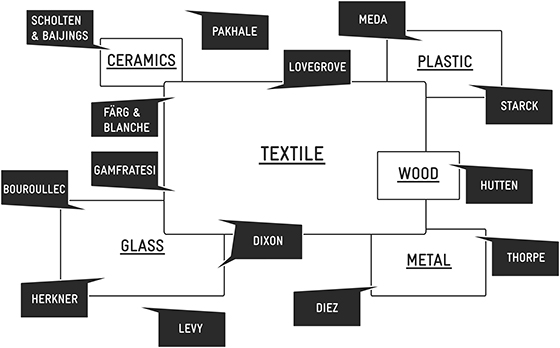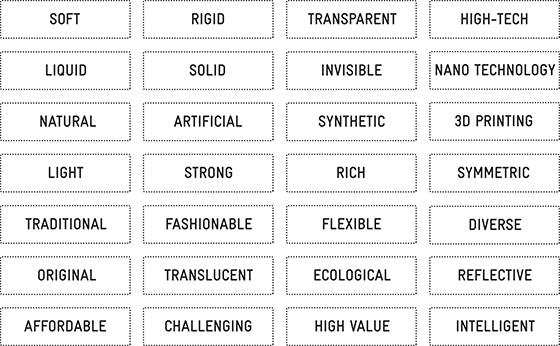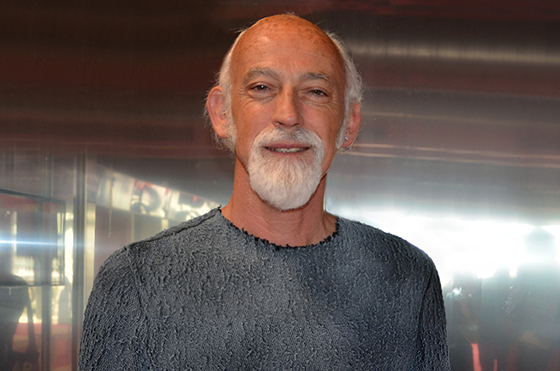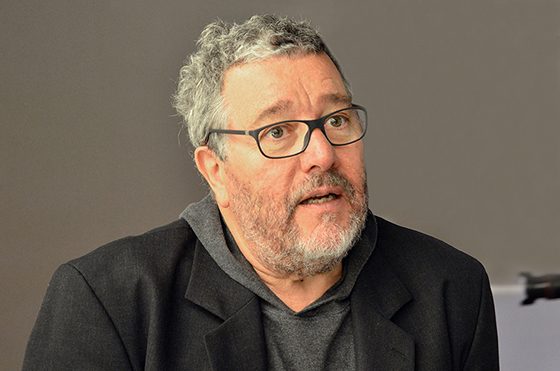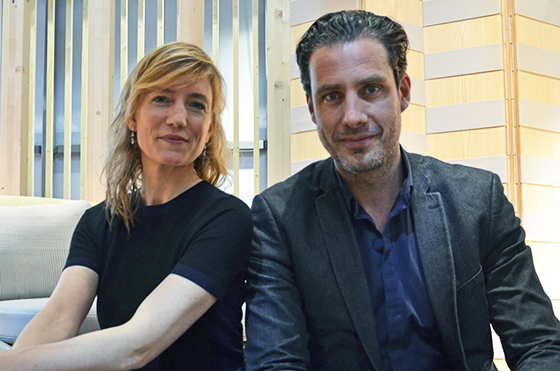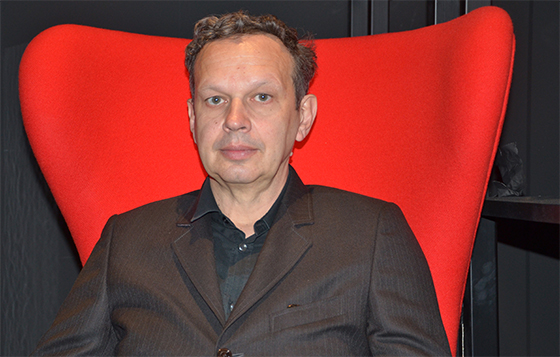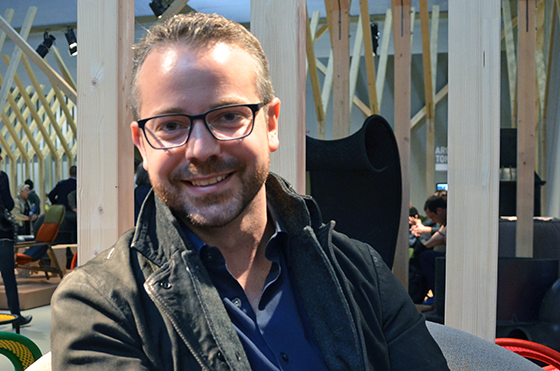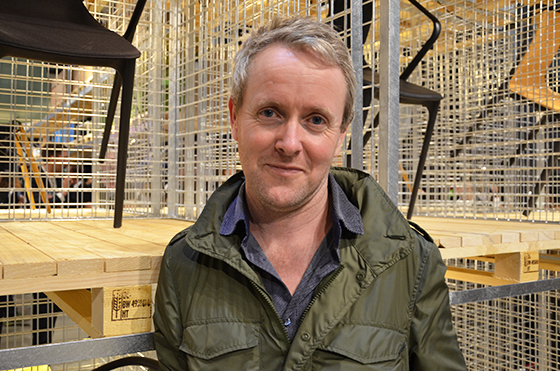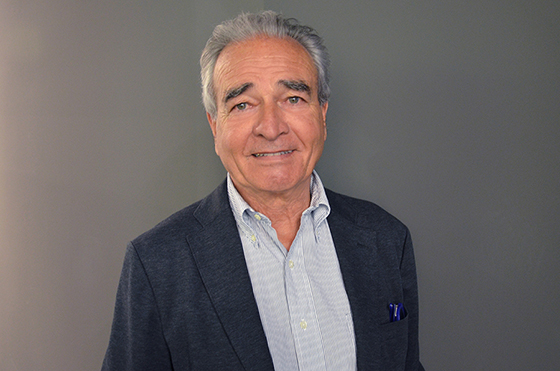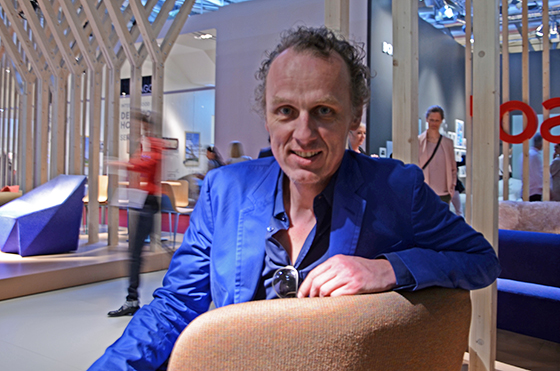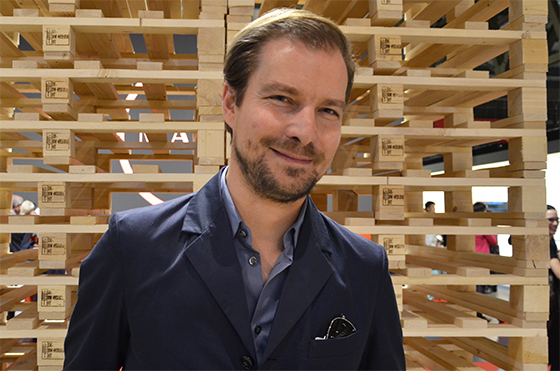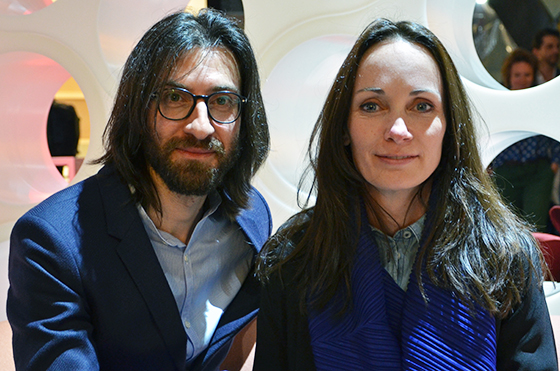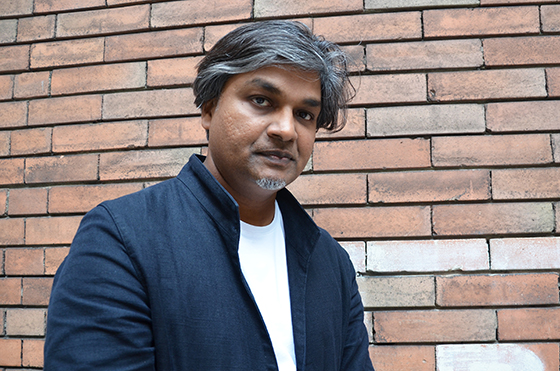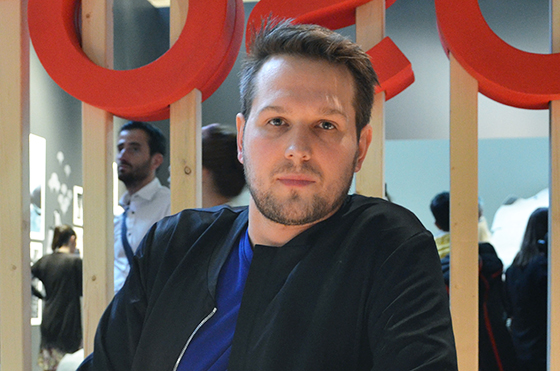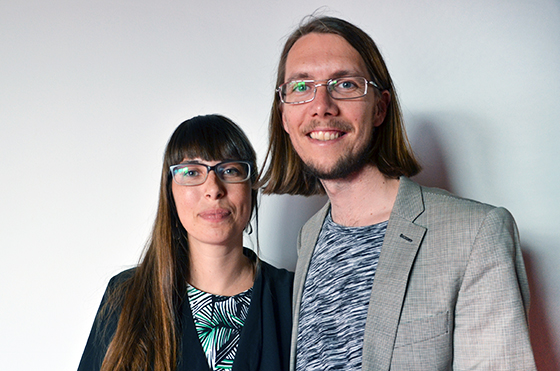Material Tendencies
Texto por Anita Hackethal
Berlin, Alemania
13.05.15
Being up to date on the latest materials and trends in architecture and design in an international context is definitely a benefit. In the creative sector, this can even play a decisive role in daily design operations.
The development of new technologies opens a wide spectrum of exciting new possibilities. Advanced materials and manufacturing processes mean greater creative freedom for designers and architects, while at the same time producers and retailers are continuously being confronted by questions such as: What are the latest themes? What forms, materials and colours will be next? The steadily growing speculation about what is new and what the next development will be can almost be compared with the fast-changing fashion industry. In a way this is ironic if we consider that in most cases the actual objective of a designer is to create a product that is timeless and enduring.
Thanks to our professional network and direct contact with leading figures within the architectural and design scene, we would like to continue guiding you through the jungle and bring you closer to what themes are currently present. At this year's Milan Design Week we used the opportunity to ask prominent designers directly. We wanted to know what are the first thoughts which arise in their creative minds when being confronted with the unenviable task of choosing a single material which they will then have to work with for the next three years.
In contrast to our previous trend analyses, which feature online traffic information and therefore provide clear statistics and rankings based on the behaviour of our users, the results of this survey indicate themes that are present at the moment. The results are diverse, because this decision depends on many factors. Nevertheless there are shared interests and similar directions. Here are a handful of terms that have been mentioned several times within this context ...
Obviously nobody wants to be restricted to work with only one material. For designers it is important to be able to experiment with a range of materials, ultimately in order to understand how the industry works. The wish to combine materials was mentioned several times, while at the same time there were designers who would actually be pleased to be able to concentrate on one specific material for a certain time. This would give them a chance to explore its characteristics more intensively. One appreciates a material that is capable of changing its whole performance during the process. Others like the challenge of reaching the kind of shape they wanted, with the material they were planning to use for this project. Occasionally political points of views were of importance – some designers particularly select a material that is affordable for the wider public and others have the attempt to protect the environment. What resources will continue to be available to us over what period of time, and what might be possible alternatives?
We have collected some intriguing reflections and are happy to share them with you in the form of a series of articles "Material Tendencies" in the upcoming weeks. Here is a short preview with a few excerpts…
"It would be like a bi-sex material: natural silk combined with a man-made, really advanced composite.” Ross Lovegrove, Designer (UK)
Ross Lovegrove - photo © Architonic / Anita Hackethal
“Me - I would always say plastic, because I’m a communist and I always want to make things more affordable.” Philippe Starck, Designer (France)
Philippe Starck - photo © Architonic / Anita Hackethal
“Less colour, just to give it a softer feel.” Scholten & Baijings, Designer (The Netherlands)
Scholten & Baijings (Stefan Scholten + Carole Baijings) - photo © Architonic / Anita Hackethal
"I have lot of obsessions, which last for a year or two. I’m interested in glass at the moment, but I wouldn’t like to be restricted to just doing that." Tom Dixon, Designer (UK)
"Emotions. They are good, they are perfect." Arik Levy, Designer (France)
“We’re gonna be 3D printing wood soon.” Marc Thorpe, Designer + Architect (USA)
Marc Thorpe - photo © Architonic / Anita Hackethal
“Glass. Glass or ceramic, no - glass! I think glass.” Ronan Bouroullec, Designer (France)
Ronan Bouroullec - photo © Architonic / Anita Hackethal
“At the end I like to combine.” Alberto Meda, Designer (Italy)
Alberto Meda - photo © Architonic / Anita Hackethal
“Any wood - as long as it is not killing the rainforest, it’s fine with me. So wood it is!” Richard Hutten, Designer (The Netherlands)
Richard Hutten - photo © Architonic / Anita Hackethal
'There are only very few, if any, alternative materials that offer production characteristics comparable to those of aluminium...' Stefan Diez, Designer (Germany)
Stefan Diez - photo © Architonic / Anita Hackethal
“Textiles. Though recently we did a project where we used plastic - it was the only material we could reach that kind of shape we wanted.” GamFratesi, Designer (Denmark)
GamFratesi (Stine Gam + Enrico Fratesi) - photo © Architonic / Anita Hackethal
“If you really think of the materiality, I would say really NOTHING.” Satyendra Pakhale, Designer (The Netherlands)
Satyendra Pakhale - photo © Architonic / Anita Hackethal
“I think I would decide for glass, because it is a very diverse material.” Sebastian Herkner, Designer (Germany)
Sebastian Herkner - photo © Architonic / Anita Hackethal
“Textile. You go from being flat to volume - you cut, you shape, you tailor, you construct.” Färg & Blanche, Designer (Sweden)
Färg & Blanche (Fredrik Färg + Emma Blanche) - photo © Architonic / Anita Hackethal
Please stay tuned for our extensive reports on the theme "Material Tendencies", as part of our ongoing Architonic Trend Analysis series.
